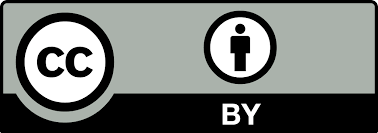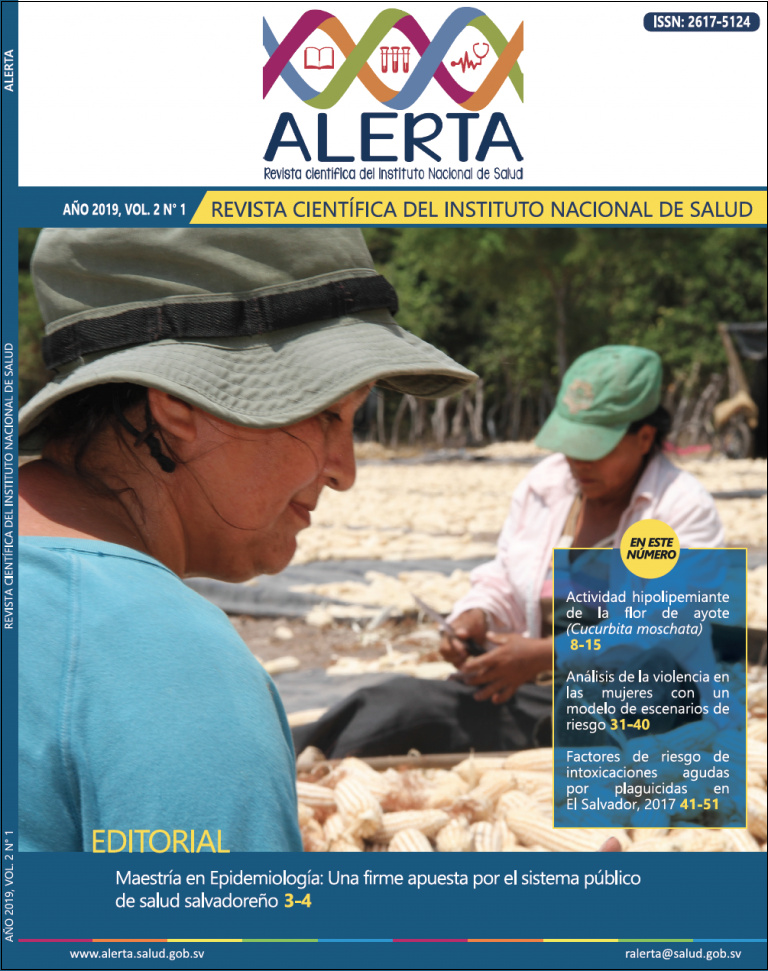Comparison of two rapid methods for the detection of Salmonella spp. with a conventional method
DOI:
https://doi.org/10.5377/alerta.v2i1.7524Abstract
Introduction. Worldwide, one of the microorganisms related to foodborne diseases is Salmonella spp. This pathogen's sanitary control is paramount within public health concerns. Salmonella spp. is detected mainly by conventional culture, as well as automated, more agile, methods; the difference between them is the time lapse in which results are available. Automated methods are faster than conventional methods, obtaining results in less time is important in public health.
Objective. To compare the performance of two rapid tests for the detection of Salmonella spp.: polymerase chain reaction test (Assurance GDS System) and the VIA TECRA visual immunoassay test, with conventional method for the detection of Salmonella spp.: ISO 6579: 2002, IDT, considered as the international reference. Methodology. Ninety-six samples of fresh chicken meat, from supermarkets in the metropolitan area of San Salvador, were examined. The samples were analyzed simultaneously using the three methods under study. Sensitivity, specificity, false positive rate, false negative rate and Chi square described by McNemar, were performed.
Results The alternative immunoassay method obtained the best results when compared to the conventional method. It obtained 88% relative accuracy, 88% sensitivity, 86% specificity, 14% false positive rate and 12% false negative rate. On the other hand, the Assurance GDS System method obtained 85% sensitivity, 81% specificity, 19% false positive rate and 15% false negative rate. When evaluating the discordant data and applying the Chi-square test, it was determined that there was no significant difference between the methods evaluated (P≤0.05).
Conclusions The alternative visual immunoassay method obtained the best results, when compared to the conventional method.
Downloads
1932
Downloads
Published
How to Cite
Issue
Section
License
Copyright (c) 2019 Jessica Tatiana Burgos, Claudia Lissette Alberti

This work is licensed under a Creative Commons Attribution 4.0 International License.
Privacy statement:
Alerta articles are published under license Creative Commons 4.0 CC BY: https://creativecommons.org/licenses/by/4.0/
Authorship rights
Revista Alerta gives the authors exclusive control of their work and the right to be acknowledged and cited.





